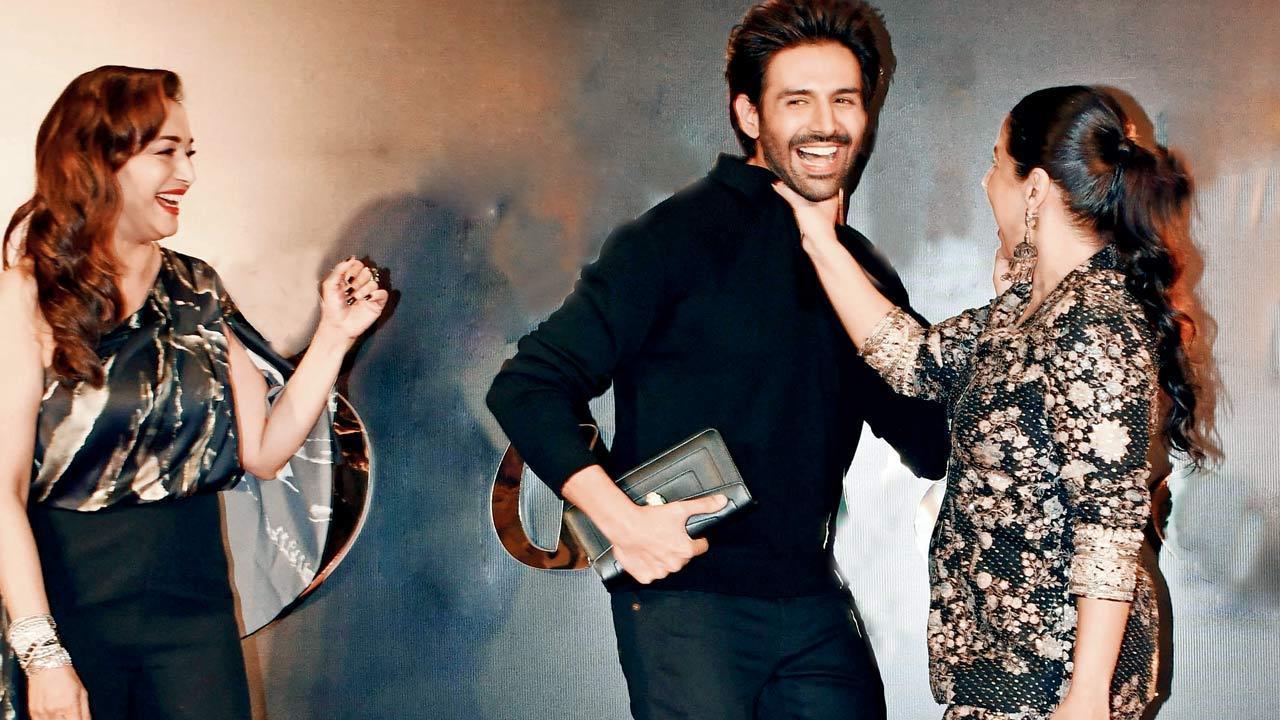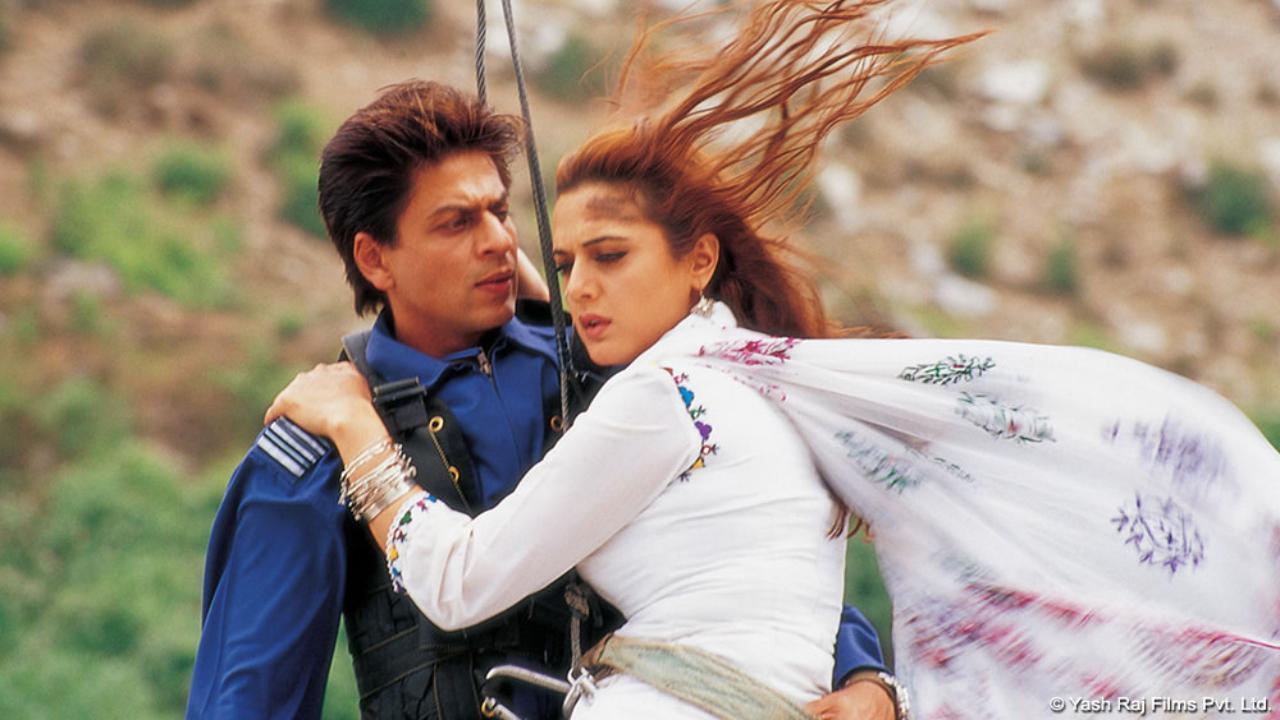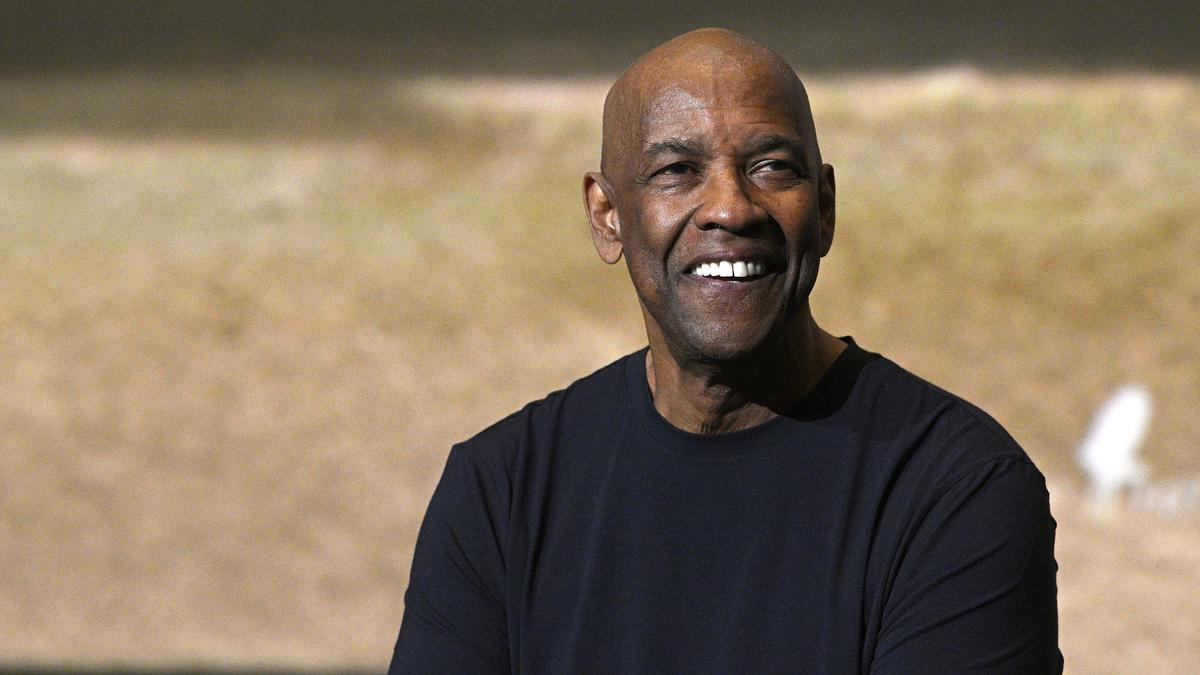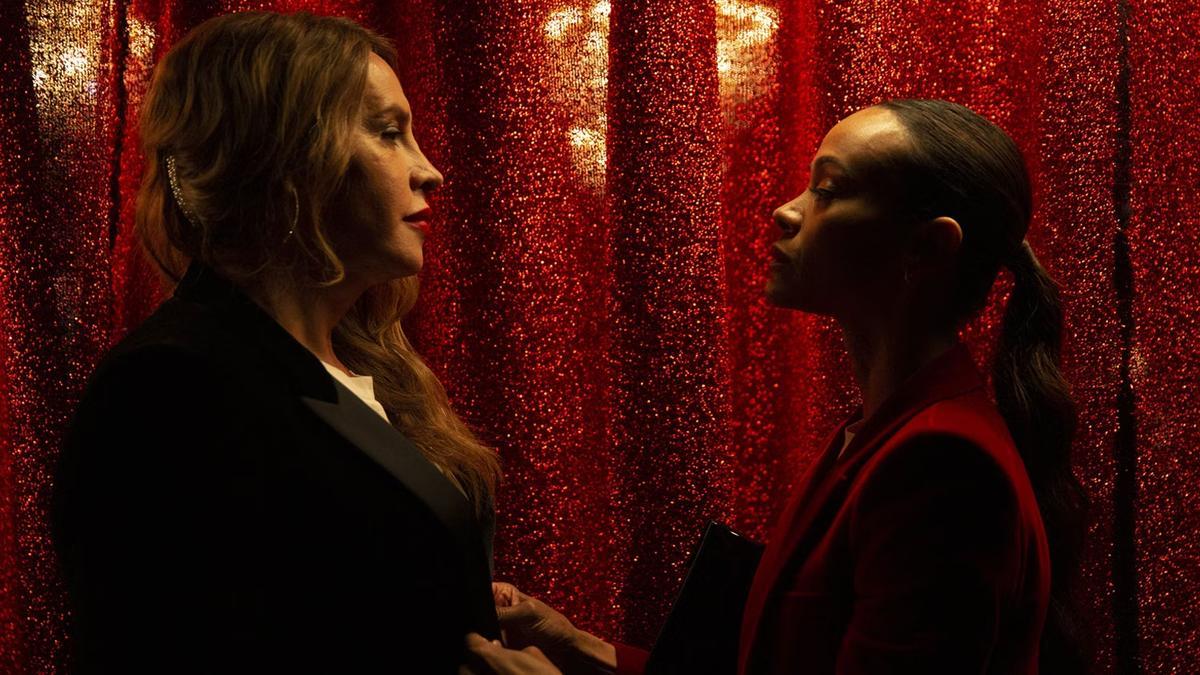
Among the prominent faces that have graced the Hindi film industry, Rani Mukerji stands out as an actress who has consistently evolved with time. Celebrating her 46th birthday, we delve into her journey, highlighting how she has reinvented herself through the roles she has chosen, mapping an admirable trajectory in acting.
Rani Mukerji made her first appearance on the big screen in 1996 in the Bengali film ‘Biyer Phool’, directed by her father, Ram Mukerji. However, her true breakthrough came two years later with Karan Johar’s mega-hit ‘Kuch Kuch Hota Hai’, where she portrayed the effervescent Tina. Despite initial rejections from others, Rani seized the opportunity, which became a turning point in her career, catapulting her to widespread fame as a desirable lead actress.
Fast forward to the present, Rani Mukerji, now an illustrious veteran in Bollywood, shows no signs of playing it safe. With a career spanning over twenty-five years, she has adamantly embraced mature, age-appropriate roles while continuing to inspire and lead pivotal narratives— all the while maintaining her box office appeal.
The 2000s saw Rani Mukerji as the quintessential heroine in romantic features like ‘Saathiya’, ‘Chalte Chalte’, and ‘Mujhse Dosti Karogi’, to name a few. Nonetheless, her career took a significant turn with her fierce portrayal of a journalist in the 2011 crime thriller ‘No One Killed Jessica’. The film resonated with audiences and critics alike, and Rani’s performance was frequently cited as a career highlight. Notably, the movie was led by female stars, Rani and Vidya Balan, marking a departure from the male-dominated casting norms of Bollywood.
Continuing her streak of distinguished performances, Rani was seen in ‘Talaash’ (2012), playing a mother grappling with the untimely death of her child. After this intense role, Rani briefly stepped away from the spotlight for four years, following her role in ‘Mardaani’ (2014), to focus on her personal life.
The industry welcomed Rani back with open arms as she returned stronger than ever, reprising her tough-as-nails police officer character in ‘Mardaani 2’. Her critically acclaimed return demonstrated her knack for balancing nuanced storytelling with commercial viability—a skill not every actor can claim.
Before her assertive police officer role in the ‘Mardaani’ series, audiences saw a different side of Rani in ‘Hichki’ (2018), where she played Naina Mathur, an aspiring teacher with Tourette syndrome, determined to educate underprivileged children. Her performance was both heartfelt and thought-provoking, highlighting the struggles and triumphs of those with disabilities.
In 2021, Rani embraced nostalgia by reprising her role as Babli in the ‘Bunty Aur Babli’ sequel, although the film could not recreate the charm of its predecessor. Unfazed by the ups and downs, Rani recently gave life to a new character—an Indian mother in Norway caught in a legal battle over her children in ‘Mrs Chatterjee vs Norway’. Her portrayal of the mother’s despair and resolve struck a chord with viewers, earning her accolades and contributing to the film’s success at the box office.
Rani Mukerji’s refusal to be typecast or confined to conventional roles serves as an encouragement to veteran and aspiring actresses alike. Her ability to select roles that are not only challenging but also carry social relevance is reflective of her deep understanding of the craft and her own evolution as a performer.
As Rani Mukerji celebrates her 46th birthday, her acting graph remains one of the most exciting and diverse in Bollywood. She has not just survived but thrived in an industry known for its unyielding standards and fierce competition. Her commitment to her art and her bold choices continue to inspire a new generation, proving that with talent and perseverance, an actress can indeed reinvent herself time and again.










